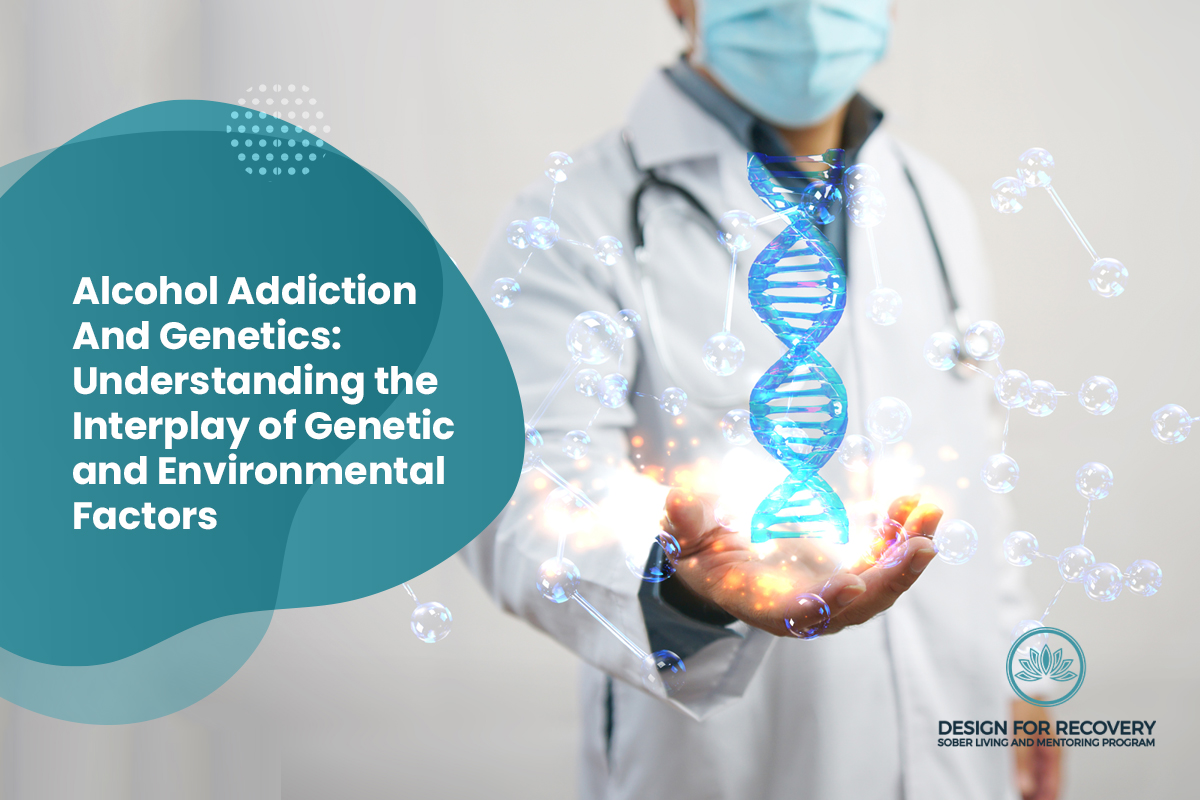It can be difficult for many people to tell whether their drinking patterns are the patterns of an “alcoholic,” in part because the word is so loaded with meaning – and means so many different things to different people. In fact, even very excessive alcohol use does not always qualify as addiction per se. People can use alcohol in very high amounts and not necessarily suffer from physical dependence or emotional dependence. America has a very notable drinking culture. Experts estimate that over one third of the country’s population regularly engages in heavy alcohol consumption. On the other hand, 12% of the population currently suffers from a true physical addiction to alcohol. While the latter number is certainly high, it demonstrates how difficult it can be even for heavy drinkers to determine if they have a problem. What is heavy alcohol consumption? What is problem drinking? Is casual dinking the same as moderate alcohol consumption? And how do you know if you’re addicted to alcohol? Read on if you are ready to clear up your confusion about these common terms.
On This Page:
Problem Drinking, Casual Drinking, and Alcoholism
Problem drinking and casual drinking and distinct approaches to drinking alcohol. It is important, before anything else, to recognize that alcohol is inherently an addictive drug. Despite that, not everyone who drinks develops a physical addiction to alcohol. While alcohol is powerfully addictive, it does not lead to physical dependence as quickly as many other common drugs of abuse, such as opioids, prescription stimulants, cocaine, and crystal meth. Nonetheless, alcohol abuse can and often does lead to addiction – and this dangerous drug even causes countless overdoses and deaths each year. Alcoholism is a common term used to stand in for “alcohol use disorder,” the clinical term for alcohol addiction. This disorder is a legitimate mental health condition that has chemical origins in the brain. After the brain and body become accustomed to regular alcohol consumption, they will develop a tolerance. As a result, individuals will need higher and higher quantities in order to get drunk. Moreover, cravings and severe withdrawal symptoms will start to appear when a person is not drinking their accustomed amount. When physical dependence is also accompanied by an emotional dependence on drinking alcohol, then alcohol use disorder (or alcoholism, as it is often known) may be diagnosed.
What is Alcoholism?
Alcoholism can manifest in just about anybody. The tragic condition does not differentiate based on age, gender, or personal situations. It is a legitimate disease that makes it almost impossible to function and can even lead to irrational decisions and disastrous consequences. Alcoholics cannot control how much or when they drink. Even when they realize how harmful their habits are, they find it difficult if not totally impossible to stop.
What is Casual Drinking?
Casual drinking is an approach to drinking that is less uncontrollable than alcoholism. People with alcohol use disorder feel a compulsion to drink all the time and often drink every day or even throughout the day. Casual drinkers, on the other hand, drink alcohol on an occasional basis. They do not rely on alcohol as a coping tool or a strategy for handling difficult emotions. They also feel no internal pressure to drink. As non-addicts, casual drinkers do not experience physical cravings or emotional cravings for alcohol. Instead, casual drinkers drink for pleasure when and only when they want to do so. Sometimes known as “social drinkers,” casual drinkers may occasionally have one or two more than they should and wake up with a bit of a headache, but they can chalk that up to a personal decision to party the night before.
What is Heavy Drinking?
Heavy drinking is a form of problematic drinking, but it should not be mistaken for alcohol addiction. Heavy drinking refers to a quantity of alcohol, not the compulsion to drink it. Problem drinkers drink more alcohol than is recommended or healthy, but they do not necessarily have an addiction. This means that they still have the ability to stop if they so choose. In this sense, heavy drinking or problem drinking can sometimes be classified as a form of casual drinking. Arguably, heavy drinking exists in the gray area between casual drinking and full fledged addiction. By far the most dangerous – and sadly also the most common – type of heavy drinking is binge drinking. According to the Centers for Disease Control and Prevention, binge drinking is defined as consuming 5 or more drinks for men or 4 or more drinks for women during a single drinking occasion. Binge drinking is linked to increased risk for many injuries, diseases, and alcohol use disorder. Unfortunately, binge drinking is extremely common, especially among young people in highschool and college, where the behavior is normalized to the point of being a cultural expectation.
Does Heavy Drinking Lead to Addiction?
While heavy drinking is not the same as addiction, there is a strong link between the two. This is because drinking in high quantities is likely to produce physical dependence over time. Regularly drinking more than one should also indicates that a person is using alcohol as a crutch or coping tool, which means that emotional dependence is likely to further develop. Nonetheless, not everyone who drinks heavily develops alcohol use disorder. Factors that affect the likelihood of developing alcoholism include both genetic and environmental factors. Having family members or relatives with addiction issues increases the likelihood, both because it runs in the family – and because these circumstances are more likely to lead to early childhood trauma and stress, which are also major factors.
What is Healthy Drinking?
According to the National Institute on Alcohol Abuse and Alcoholism (NIAAA), the healthiest approach to drinking is not drinking at all. In all circumstances, drinking more is always riskier than drinking less. However, the NIAAA does offer some guidelines for what they refer to as “moderate drinking.” For men, this means not drinking more than 14 drinks a week or more than 4 drinks on a single occasion. For women, it means not consuming more than 7 drinks a week or more than 3 drinks on a single occasion. However, health professionals recommend that some people avoid alcohol completely. These populations who are advised not to drink at all include:
- People taking specific medications that interact poorly with alcohol
- Those who operate or drive heavy machinery or engage in activities that require coordination, alertness, and skill
- People with specific medical conditions
- Young people under the age of 21 with developing brains
- Anyone who is pregnant
- Anyone recovering from an alcohol use disorder or susceptible to patterns of addiction.
Getting Help with an Alcohol Problem in a Sober Living Home
Sober living houses Los Angeles can be enormously beneficial for people who are struggling with alcohol addiction or even just heavy drinking. Sober livings are safe and comfortable environments where residents are all working toward the same goal of sobriety and recovery. They support one another while making fundamental changes in how they live their lives. People who are using alcohol as a coping tool will work to develop new strategies for handling difficult emotions. As residents build up their lives by making new friends, enrolling in school, and starting new careers, they will generally find that the prospect of getting drunk gets less and less appealing over time. Alcohol problems tend to develop over time, so don’t wait. No matter where you fall on the drinking scale, if you need help, reach out today!
Read Further: Is Alcoholism a Disease:
Sources
National Institute on Alcohol Abuse and Alcoholism. (December 2023). Understanding Alcohol Use Disorder. https://www.niaaa.nih.gov/publications/brochures-and-fact-sheets/understanding-alcohol-use-disorder.
MedlinePlus. (2019, October 29). Alcohol Use Disorder (AUD). https://medlineplus.gov/alcoholusedisorderaud.html.
Centers for Disease Control and Prevention. (2022, April 19). Alcohol and Public Health. https://www.cdc.gov/alcohol/faqs.htm.
Centers for Disease Control and Prevention. (2022, July 11). Excessive Alcohol Use. https://www.cdc.gov/chronicdisease/resources/publications/factsheets/alcohol.htm.
Alcohol Related Resources

























